How to fix PC system when it doesn’t detect the correct Dell 2000FP Monitor name?
- HHeather KramerAug 14, 2025
If your PC system doesn’t detect the correct Dell Monitor name, verify the DDC connection and settings.

How to fix PC system when it doesn’t detect the correct Dell 2000FP Monitor name?
If your PC system doesn’t detect the correct Dell Monitor name, verify the DDC connection and settings.
How to fix Dell 2000FP Monitor LED not working correctly?
If your Dell Monitor's LED isn't working as expected, ensure that the monitor is properly connected to a signal source and that the power button is pressed.
What to do if there is no splash screen or video on Dell 2000FP Monitor?
If you are experiencing a 'no splash screen' or 'no video' issue with your Dell Monitor, verify the signal source and ensure the monitor is connected correctly.
Why is the picture on D-SUB not good on my Dell 2000FP?
If the picture quality on D-SUB is not good on your Dell Monitor, check the D-SUB cable connections and settings.
Why is the picture on DVI not good on my Dell 2000FP?
If the picture quality on DVI is not good on your Dell Monitor, check the DVI cable connections and settings.
Why is the picture on S-Video not good on my Dell 2000FP?
If the picture quality on S-Video is not good on your Dell Monitor, check the S-Video cable connections and settings.
Why is the picture on Composite video not good on my Dell 2000FP Monitor?
If the picture quality on Composite video is not good on your Dell Monitor, check the Composite video cable connections and settings.
Why is the picture on PIP not good on my Dell 2000FP?
If the picture quality on PIP is not good on your Dell Monitor, check the PIP settings and connections.
What to do if there is no OSD when I press the menu key on my Dell 2000FP?
If pressing the menu key doesn't bring up the OSD on your Dell Monitor, check if the keys are working correctly.
Provides an overview of display data area, video performance, LCD technology, and interface specifications.
Details electrical aspects including power supply and signal interface specifications for the monitor.
Covers analog and digital signal interface specifications, including pin assignments and levels.
Specifies synchronization ranges, video modes, preset timings, and user-defined timings.
Explains the scaling function to optimize display for different resolutions and software.
Details the auto-adjustment feature for optimizing image quality by adjusting position, phase, and clock.
Describes monitor controls like power, input selection, OSD keys, and indicators.
Covers PC interface standards like DDC and DPMS features.
Specifies the conditions and settings under which the monitor should be shipped.
Provides main specifications, defect criteria, and degradation parameters for the LCD module.
Details industrial design aspects, including labels and markings requirements.
Covers mechanical specifications related to shipping containers and palletization.
Lists applicable regulations and standards for product use.
Details environmental, reliability, and operating specifications like temperature and humidity.
Describes how to access and navigate the main On-Screen Display (OSD) menu.
Explains how to adjust the image position, zoom, and other display settings via OSD.
Details OSD functions for image adjustment including Auto Adjust, Pixel Clock, Phase, and Sharpness.
Describes the scaling options (1:1, Fill, Aspect) for optimizing display.
Details how to adjust color temperature (e.g., 9300K, 6500K, User Preset) and color parameters.
Details settings for Picture-In-Picture (PIP) mode, including source, size, and color.
Details the primary integrated circuits (ICs) and their functions on the interface board.
Explains the DC-DC converter circuits, including Buck Converter and PWM IC.
Troubleshooting steps for cases where monitor LEDs remain permanently on.
Troubleshooting steps for power issues, including AC adapter and monitor power LED.
Troubleshooting steps for situations with no splash screen or display after power on.
Troubleshooting steps for incorrect image display on the D-SUB port.
Troubleshooting steps for incorrect image display on the DVI port.
Troubleshooting steps for incorrect video display on the S-Video port.
Troubleshooting steps for incorrect video display on the Composite video port.
Troubleshooting steps for issues with the Picture-In-Picture (PIP) display.
Troubleshooting steps when monitor keys (Power, OSD, etc.) are not functioning.
Troubleshooting steps for issues with monitor detection by Plug-and-Play systems.

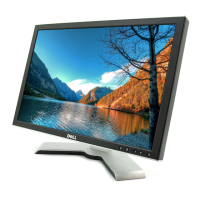
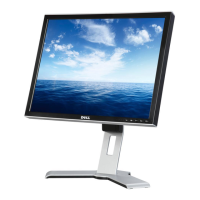


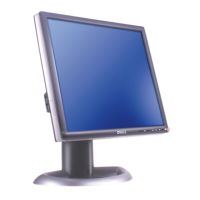

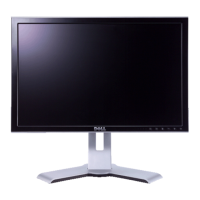
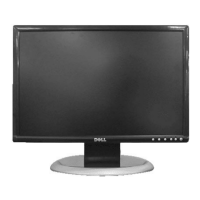
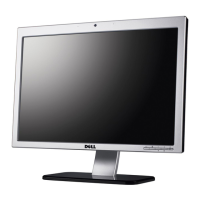
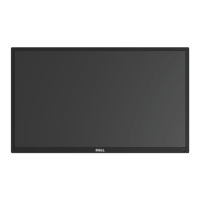
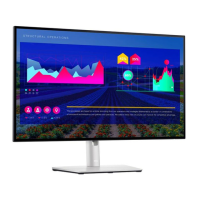
